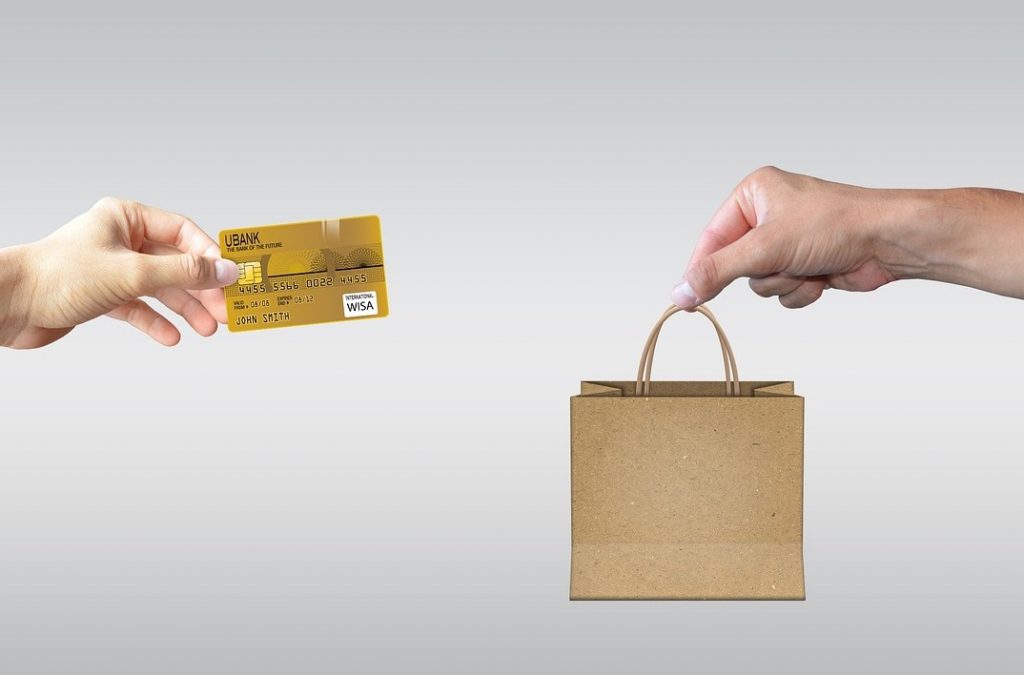Getting your first customer can be a daunting task for any new business. However, with the right strategies and a focused approach, you can increase your chances of success. In this article, we present 10 actionable tips to help you attract your first customer and set your business on the path to growth. From collaborating with competitors to leveraging the power of referrals, these tips will guide you in your quest to establish a customer base.
1. Collaborate with Competitors for Mutual Benefit
Rather than viewing your competitors as adversaries, consider collaborating with them. Building a positive relationship with a business that shares customers within your market can lead to valuable opportunities. When your collaborator receives an overflow of business requests, they may be willing to refer customers to you. This arrangement benefits both parties, allowing you to focus on your initiatives while gaining referral customers.
2. Target Specific Niche Networks
While search engine marketing through platforms like Google Ads and Facebook can be effective, it can also be expensive for a new business. To optimize your budget, consider advertising in niche networks and sites that cater specifically to your target market. The influencer marketing platforms like Intellifluence enable you to advertise on websites, blogs and social media channels by connecting directly with content creators, allowing you to reach a highly targeted audience.
3. Establish Your Own Voice and Become the Press
Create your own voice and generate attention for your business by creating content about your expertise. Share your posts on social media platforms like Facebook, Twitter, Instagram, TikTok, Pinterest, and email newsletters. Also, you can collaborate with podcast creators or even make your own podcasts. Interviewing or featuring experts in your field can increase your credibility and attract more attention to your posts. Additionally, sign up for Help a Reporter Out (HARO) to connect with journalists who are looking for quotes from small business owners, providing you with opportunities for media exposure.
4. Test the Market Before Launching
Before fully launching your product or service, consider testing the market demand. Build a landing page for your hypothetical product or service and drive traffic to it through pay-per-click (PPC) or social media campaigns. By analyzing user interactions, such as sign-ups and click-through rates, you can gauge the interest in your offering. This pre-launch validation will help you focus your efforts on ideas that have demonstrated consumer interest.
5. Engage with Your Business Community and Offer Mentorship
Expand your network by getting involved in your local business community. Attend networking events and engage with fellow entrepreneurs. Offer your expertise as a mentor through platforms to assist others in their entrepreneurial journey. Speaking at conferences or webinars also provides opportunities to share your story and promote your business or service.
6. Personalize Your Outreach Efforts
While announcing your business on social media platforms is important, the most fruitful efforts often stem from personal interactions. Plan meetups or dinners with close friends, family members, former co-workers, and share your entrepreneurial venture with them. Engage in meaningful conversations, seek feedback, and ask for referrals. Personal connections can be your strongest advocates, and their recommendations can lead to your first customers.
7. Leverage the Power of Referrals
Referrals remain a tried-and-true method for acquiring new customers. Offer incentives for referrals, such as discounts or exclusive deals. Encourage customers to share their positive experiences on social media, unlocking special offers. Daily deal sites like Groupon and LivingSocial have successfully implemented referral programs that drive additional purchases. By implementing a referral strategy, you can tap into the power of word-of-mouth marketing.
8. Offer Free Samples or Trials
Consider offering free trials or samples of your product or service to attract potential customers. By providing a taste of what you offer, you can pique their interest and entice them to make a purchase. For service-based businesses, offer free trials of limited duration and evaluate their conversion rates. Additionally, providing free shipping or exclusive discounts on the first purchase can encourage customers to take the plunge.
9. Set Clear Budgets and Benchmarks
Before acquiring your first customers, establish a budget and set specific benchmarks based on your available resources. Determine the portion of your budget that you can allocate to customer acquisition and plan your marketing strategies accordingly. Track your progress against monthly goals and adjust your budget and tactics as needed. By setting clear targets and monitoring your expenses, you can make data-driven decisions and maximize your resources.
10. Utilize Your Former Employer’s Network
If you’re starting a business in the same industry as your former employer, they can be valuable early customers. Reach out to them and offer a free trial or customized version of your product or service. Leverage your familiarity with their business and the trust they have in your work to secure freelance contracts or provide tailored solutions. Former employers often present low-hanging opportunities for initial customer acquisition.
Final Thoughts:
Acquiring your first customers can be challenging, but with perseverance and strategic thinking, you can overcome this hurdle. Focus on building relationships, leveraging referrals, and testing your market before fully launching your product or service. By implementing these tips, you’ll increase your chances of securing your first customers and laying a solid foundation for the growth of your business.



